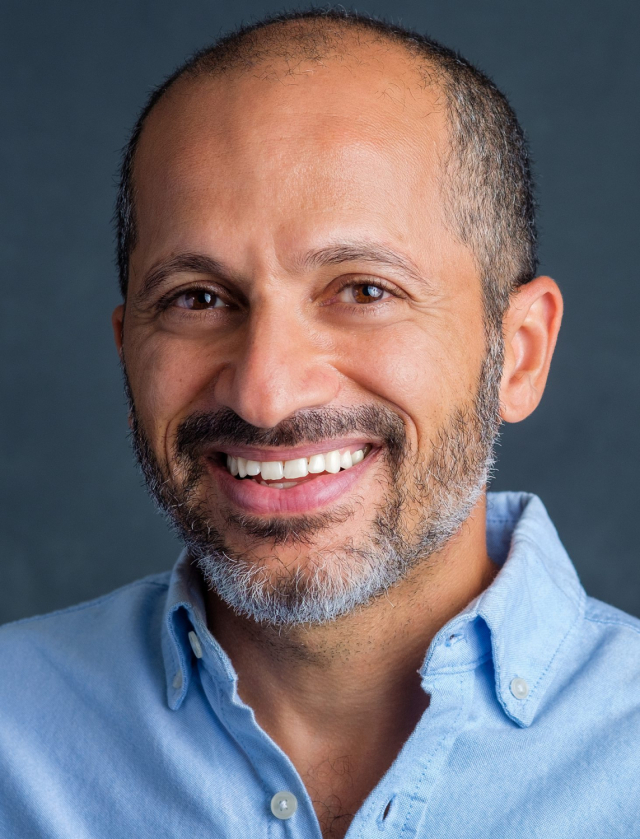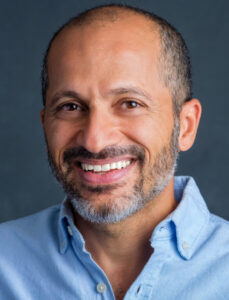Principle:
Having a mental model of how self-regulation affects goals is useful. Different people have different mental models of how self-regulation affects goals.
Quote
“Both the ability to doggedly pursue goals and the ability to reason and learn are import- ant longitudinal predictors of success.”
Inzlicht, M., Werner, K. M., Briskin, J. L., & Roberts, B. W. (2021). Integrating Models of Self-Regulation. Annual Review of Psychology, 72(1), 319–345.
Research Story
Researchers often come up with models that help us think about how humans work, but these models vary and often overlap and contradict each other. Four researchers from University of Toronto and University of Illinois compared 7 different kinds of self-regulation models to unpack what they share in common and how they differ. They looked at their level of analysis (what the model focused on), how conflict was addressed, emotions, and cognitive functioning.
Self-regulation is steering your behavior to a desired end state, like a goal. Self-control is resolving conflict (real or anticipated) between two goals. Cognitive control uses attention/working memory, not real-world behavior.
One conundrum they found is that Having the trait of self-control is clearly positive. However using state self-control in the moment often has negative outcomes and/or emotions. It’s almost as though trait and state self-control are two different things. People with high self-control actually engage in less self-control in any particular moment, mostly because they don’t need to.
The models focus on different things. Some focus on time (long-term goals versus immediate rewards). Others on the goals themselves, how people exercise choice to choose the goals, personality traits, or the differing kinds of conflicts that arise and various approaches to resolving those conflicts.
Most of the models include how people deal with conflict in pursuing their goals. There is conflict in immediate versus distant motives, immediate urges and long-term goals, automatic brain responses and intentional thinking, and conflict between two different things we want at the same time. The most successful people seem to actually sidestep or avoid conflict as they set up their goals and environments rather than overcoming conflict.
Emotions kind of get left out of most goal or self-regulation models. They peg it as a flare-up of temporary emotion that tempts you to stray from your real goal. In reality emotions affect many levels of goal pursuit and attainment, but they aren’t accounted for in the models.
Intelligence is not the same thing as self-control. And, independently, they each predict good outcomes in life. There are lots of cognitive decision points in goal pursuit, and the models frame them differently from a conscious act of choosing according to our values to actively evaluating our goal status. How do they each contribute to a good life?
Self-Regulation is affected by how people think and feel about their goals and different models explain how it works in different ways.
So What – Application
Applications for the average human are hard to find in this paper. It’s more a layout for researchers using self-regulation models to think about the nuances and intersections of differing ideas in the paper.
Researchers could think more deeply about the complexities of emotions in goal pursuit, consider models where goal pursuit is based on values and desired means rather than conflict, the difference between long-run self-regulation and short-term, in-the-moment self-control, and the differences between self-regulation and intelligence and how each contributes to a good life.




